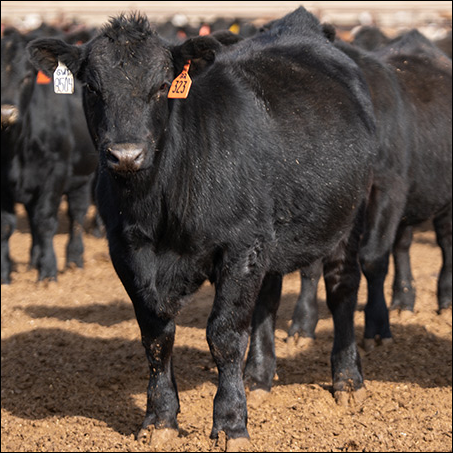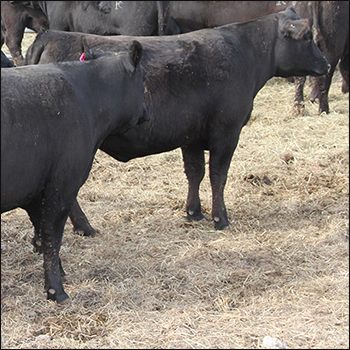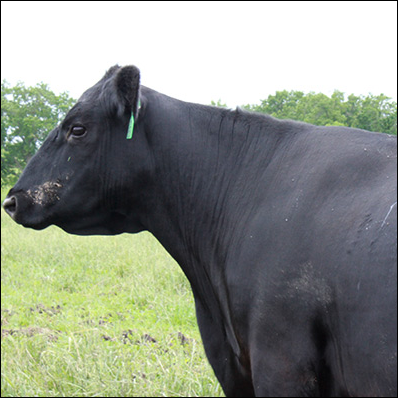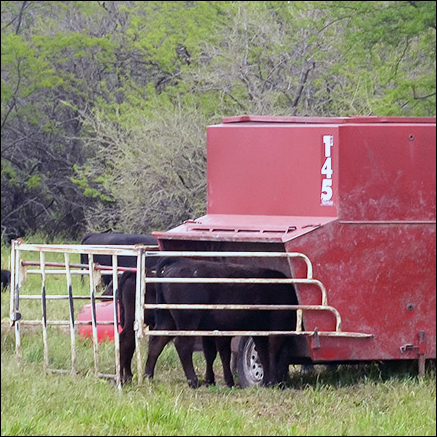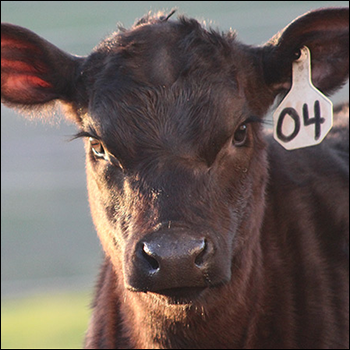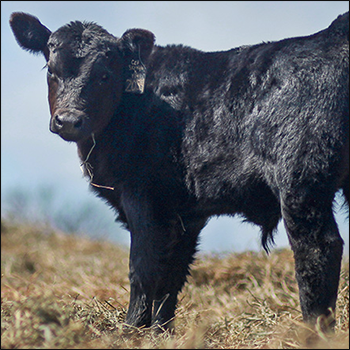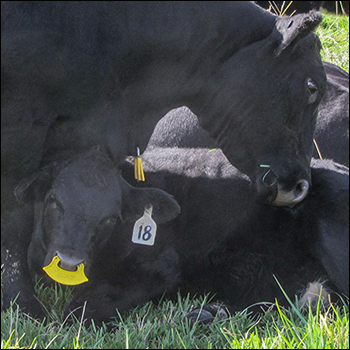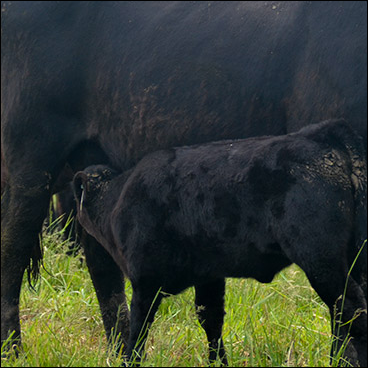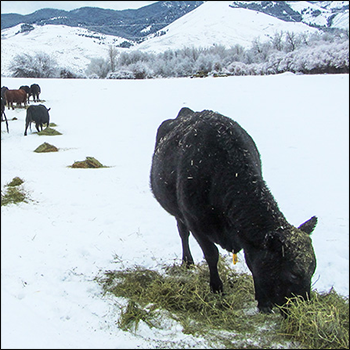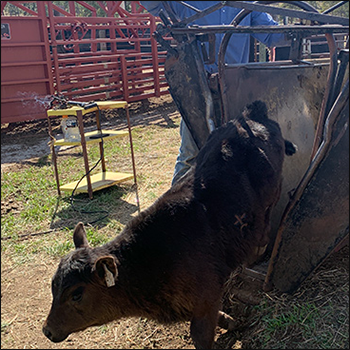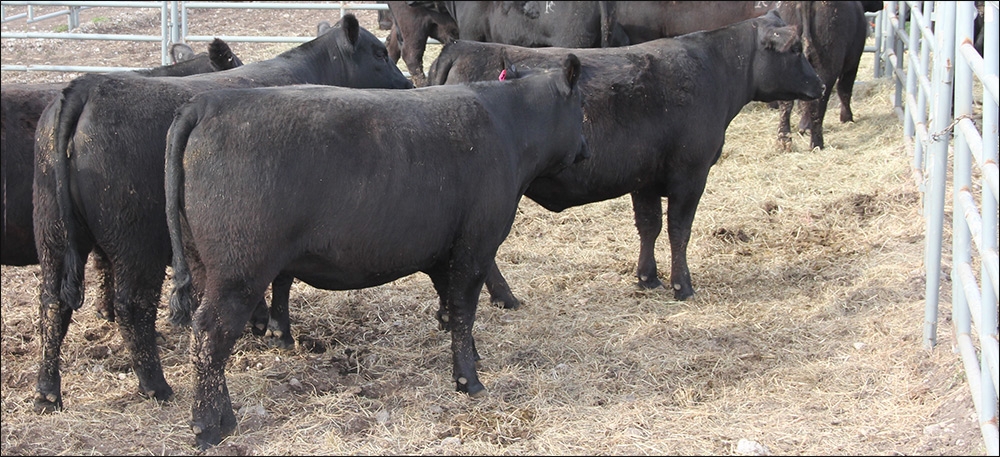
Spaying Heifers is a Management Tool
Veterinarian discusses why spaying heifers intended for beef is a good idea.

Spaying feedlot or stocker heifers may seem like just an extra step on the road to producing beef, but according to Travis Allen, a veterinarian specializing in beef animal health, the fairly simple process gives ranchers additional management options and saves work down the road.
Outpatient surgery
Spaying a heifer isn’t a commonly taught and practiced technique in vet school, says Allen. “I think there was one paragraph on it during all of school.”
The surgery, which is performed blind by the veterinarian, takes many, many hours of practice. Thus, not all beef vets know how to spay heifers or can do it quickly enough to make it feasible in a high-head-count situation. Allen lives in western Idaho, but travels to many of the western states to spay large groups of heifers each spring.
Though the process is simple to understand, doing it blind — inside the heifer— is tricky.
“Basically, you manipulate the uterus and ovaries using one hand rectally, and then your other hand operates a stainless-steel instrument inserted vaginally,” Allen explains. “The end goal is to clip the ovaries from the ovarian pedicle and either remove them from the animal or drop them in the abdomen where they’ll break down and regress.”
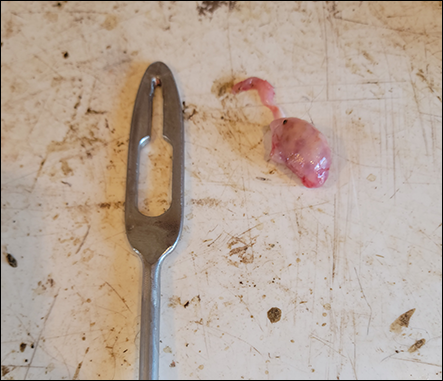
This stainless-steel instrument slides overtop of the ovary and then clips it from the pedicle. The clipped ovary of a yearling heifer. |
While Allen is working inside the animal, a second set of hands is required to lift and flex the tail over the backbone and spray a continuous stream of chlorhexidine solution over the rectum and vulva to minimize all contamination.
For animal health and husbandry purposes, doses of antibiotic and pain reliever are routinely administered. With an emphasis on cleanliness, however, it is also an option for those who desire to keep their heifers in a natural program to avoid the prophylactic antibiotic.
After two to three days, cattle managers will know if there are any heifers experiencing complications following the surgery, Allen says. If the heifers are going out on grass, he encourages producers to wait four to five days to do so to monitor for illness prior to turnout. If they are going back on feed, they can do so immediately.
“You basically feed them short the day before you do the procedure, and then put them right back on feed. You don’t have to restrict feed after that point,” he says.
Management options
Spaying of heifers is predominantly used for cattle going to grass or cattle that will be in a feedlot setting, says Allen.
He offers four reasons to spay heifers:
- No. 1. Spayed heifers can be fed in the same pen as steers because they will no longer be cycling, which is handy for smaller operations with limited pens or those that need to combine steers and heifers to fill the lot requirement. Their ration will also no longer require supplemented progesterone to limit estrous activity in the feedlot compared to feeding intact females.
- No. 2. Spaying heifers before turning them out on grass eliminates the risk of unwanted pregnancies and the nuisance of keeping bulls out of a group of grazing females.
- No. 3. Spayed heifers will experience a performance benefit as compared to cycling heifers because they are not allocating energy toward maintaining an estrous cycle or mounting each other during heat.
- No. 4. Spaying heifers can be important for cattle operators trying to adhere to natural programs. Preventing a pregnancy altogether means pregnancies do not have to be chemically terminated before cattle enter the feedlot.
Age and size
“If you can get your hand in them, you can spay them,” says Allen of age requirements.
He has noticed that age and frame size seem to matter more than weight when it comes to the level of difficulty in spaying.
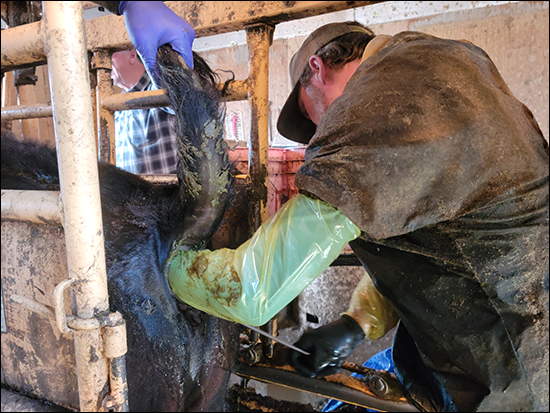
Allen palpates rectally with his left hand and with his right hand manipulates his clipping tool through the vaginal wall to remove the ovaries of a yearling heifer. |
“A little bit older heifer that is smaller will be a little bit easier to spay than a younger heifer that is the same weight,” he notes.
Allen has spayed heifers as small as 300-400 pounds (lb.). He doesn’t get called to do very many past the 800-lb. range.
Some cautions
Death loss should be fairly negligible in the hands of an experienced practitioner, but in his experience ranges from one to three head lost per 1,000 spayed. Spaying heifers should pretty much get rid of all estrous activity, says Allen, but it may not eliminate all bulling.
“There may be some hormone effect from implants, and you may get some bullers,” Allen warns.
Occasionally, a heifer will have all but a portion of her ovary clipped, which means she may still be able to cycle or breed, but it’s on the rare end, he emphasizes.
Editor’s note: Paige Nelson is a freelance writer and a cattlewoman from Rigby, Idaho. Allen can be reached at cattledvm@gmail.com. Lead photo by Kasey Brown.

